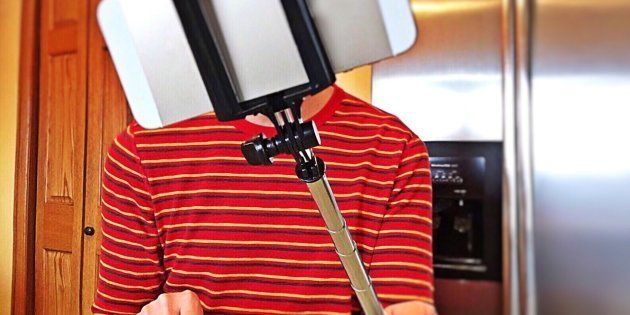
A new report by researchers from the US National Library of Medicine says that there have been at least 259 deaths between 2011 and 2017 which can be attributed to taking selfies in unsafe locations, leading to falls, drowning and transport accidents. And India leads the list with 159 deaths in the period covered by the study. That's almost exactly 10 times the number of deaths seen in the country in second place, Russia, which has seen 16 deaths in the same period, followed by the US, which saw 14 deaths.
Although this issue has been brought up before in India—no surprise, given the number of deaths—the researchers said that earlier studies have taken data from Wikipedia and Twitter images, which may underestimate the actual number of selfie deaths. The actual number of deaths is likely to be even higher, particularly in India.
"Many cases are not reported. The limitation of our study was that we included news reports only in English language. Therefore, news reports in local language have been missed. There is no reporting of cases as selfie-related deaths in India. Thus, certain deaths due to selfies may be reported as road traffic accidents or others, which leads to underreporting of a large number of cases," the report stated.
Curiously, while most cases involved the death of one person around the world, in India, it was two casualties per incident.
"One reason that partially accounts for such high share is the world's largest young (age ≤30 years) population residing in India, the age group that has the highest number of deaths due to selfies," the researchers noted.
The study also observed the trends in reported deaths, and noted that the numbers were highest in the 20-29 age range, followed by the 10-19 group. Older people were far less likely to be involved in incidents. The people involved were almost overwhelmingly men—153 of the 259 deaths recorded were of males, and of that, 115 were found to be engaging in risky behaviour that led to their deaths. In contrast, only 27 women were found to be engaging in risky behaviour, according to the report.
The most common cause of death was drowning, followed by transport, and then falls.
"Large-scale use of phone and time-to-time upgradation of phone features have led to increased selfie deaths. Usually the youth and tourists are frequently affected because of the desire of 'being cool', posting photos on social media, and getting rewards in forms of likes and comments," the researchers noted.
"Selfies are themselves not harmful, but the human behaviour that accompanies selfies is dangerous. Individuals need to be educated regarding certain risky behaviours and risky places where selfies should not be taken. 'No selfie zones' areas should be declared across many tourist areas, specially places such as water bodies, mountain peaks, and over tall buildings to decrease the incidence of selfie-related deaths," the researchers said.